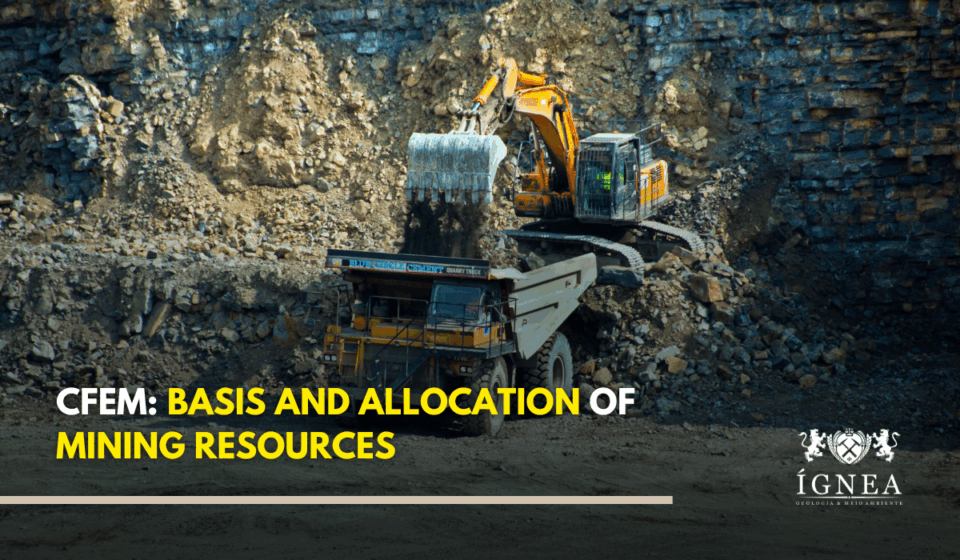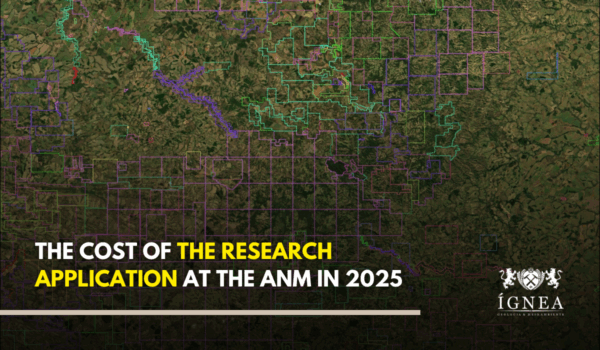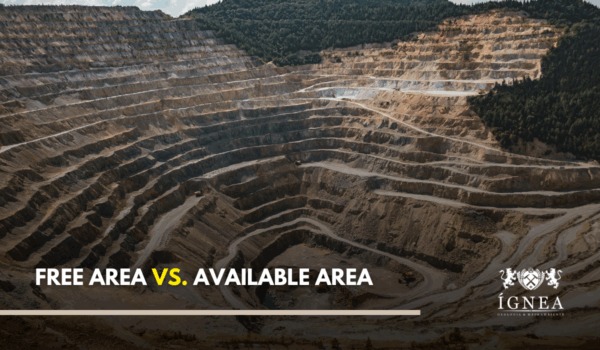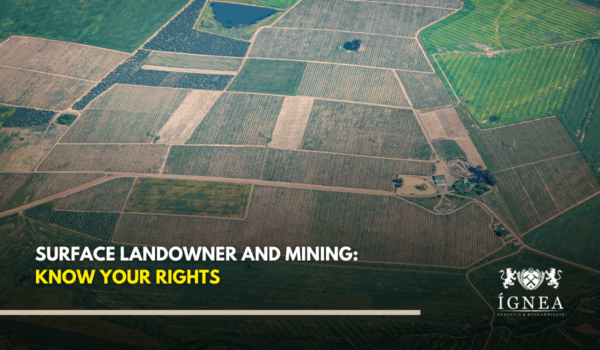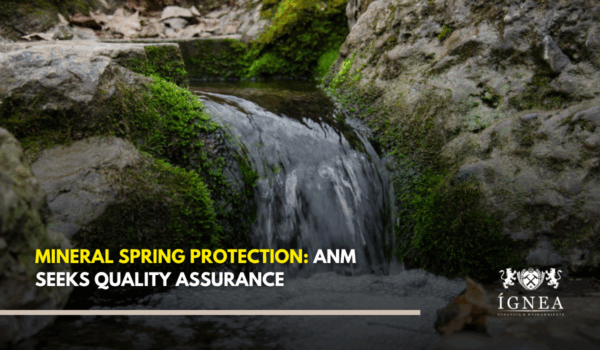The Financial Compensation for Mineral Exploration (CFEM) stands as a central topic in Brazilian mining regulation, frequently raising questions due to its complexity and impact. Established by Art. 20, § 1º, of the 1988 Federal Constitution, CFEM is not merely a tax, but a monetary consideration for the economic utilization of mineral resources. This obligation extends to any individual or legal entity authorized to extract mineral substances for economic exploitation. A notable exception to this general rule is artisanal mining, where the CFEM burden falls on the first purchaser of the mineral substance, as stipulated by Law No. 8,001 of March 13, 1990.
The primary purpose of CFEM is to ensure that the Union, States, the Federal District, and Municipalities receive fair compensation for mining activities occurring within their respective territories. This mechanism acknowledges the impact of mineral exploration on local communities and infrastructure, seeking to mitigate such effects and promote regional development. The National Mining Agency (ANM) plays a crucial role in CFEM administration, being responsible for its regulation, oversight, collection, and transfer of these resources.
The CFEM calculation basis is the net revenue of mining companies at the time of mineral product sales. Rates vary from 1% to 3.5%, depending on the mineral substance explored, reflecting the diversity and economic value of the resources. Once collected, CFEM is distributed monthly by the National Mining Agency to beneficiaries, following criteria defined by law. The distribution of CFEM is as follows: 10% is allocated to the Union, with a specific breakdown: 7% for the National Mining Agency itself, 1% for the National Fund for Scientific and Technological Development (FNDCT), 1.8% for the Mineral Technology Center (CETEM), and 0.2% for the Brazilian Institute of Environment and Renewable Natural Resources (IBAMA). States where the mineral substance is extracted receive 15% of the total.
Producing Municipalities hold the largest share, with 60% of the resources. Additionally, 15% is directed to Municipalities that, although not direct producers, are affected by mining activity within their territories. It is mandatory that CFEM funds be applied in projects that directly or indirectly benefit the local community, aiming for improvements in infrastructure, environmental quality, health, and education. Legislation expressly prohibits the use of these funds for debt payments or to compose the permanent staff of the Union, States, Federal District, and Municipalities, reinforcing the investment nature for the sustainable development of regions impacted by mining.
With over 10 years of experience, Ígnea Geologia e Meio Ambiente offers specialized technical advisory and consulting services in the mining sector, focusing on mining regulation and mineral exploration. Our services include the management and maintenance of mining tenements with the ANM, ensuring the compliance and efficiency of your administrative mining tenements. In the field of mineral exploration, we develop studies and projects aligned with national legislation and the parameters of the Brazilian Commission on Resources and Reserves (CBRR), a member of CRIRSCO. We have solid experience to assist your company in understanding and fulfilling obligations related to CFEM and other regulatory aspects, optimizing your operations and mitigating risks.
Canva/Edition ÍGNEABR

